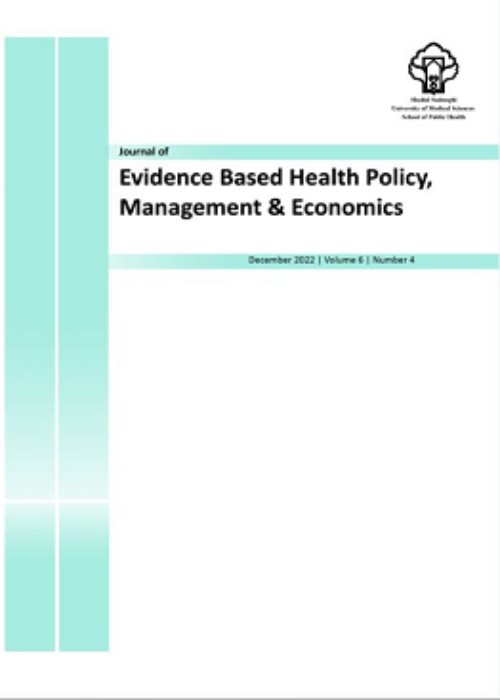Comparison of Factors Associated with the Neonatal Mortality Rate in Fars Province before and after Implementing the Health Section Evolution: A Retrospective Cross-Sectional Study
The neonatal period or the first 28 days after birth is a critical and vulnerable time for a child period, and the mortality rate is high
due to the severe problems which might happen during this period. The goal of this study was to compare the risk factors associated with the neonatal mortality rate (NMR) before and after the implementation of the health sector evolution plan (HSEP) in Fars Province, Iran.
This study was a retrospective cross-sectional study. This research was conducted using the census method, and 275951 newborns’ files were studied. Variables are expressed as percentage and frequency. The chi-square test and Fisher tests was used to measure the significance level of variables. A multivariate logistic regression model was also used to estimate the odds ratio of neonatal mortality and risk factors associated with neonatal mortality. All statistical tests were performed bilaterally with P-value < 0.05 considered as significant. All tests were conducted using the software SPSS19.
After HSEP, risk factors of pregnancy and delivery complications were significantly reduced, and abnormalities were significantly increased (P-value < 0.001). Using multivariate logistic regression analysis, the risk of death is nine times more in gestational age below 37 weeks compared to gestational age over 37 weeks. The chances of neonatal mortality among neonates weighing less than 1000 grams are much more, and it is about 140 times more than normal weight (over 2500 grams). There was not a significant relationship between the chance of neonatal mortality and the implementation of HSEP (P-value > 0.05).
Neonates with abnormal weight and premature neonates had the highest chance of death. Therefore, the prevention of preterm labor and low-birth-weight infants are essential factors in reducing neonatal mortality. This study suggests that improved health service quality is determinative to decrease neonatal mortality rate.
- حق عضویت دریافتی صرف حمایت از نشریات عضو و نگهداری، تکمیل و توسعه مگیران میشود.
- پرداخت حق اشتراک و دانلود مقالات اجازه بازنشر آن در سایر رسانههای چاپی و دیجیتال را به کاربر نمیدهد.



